Connectography: The increasing power of megacities
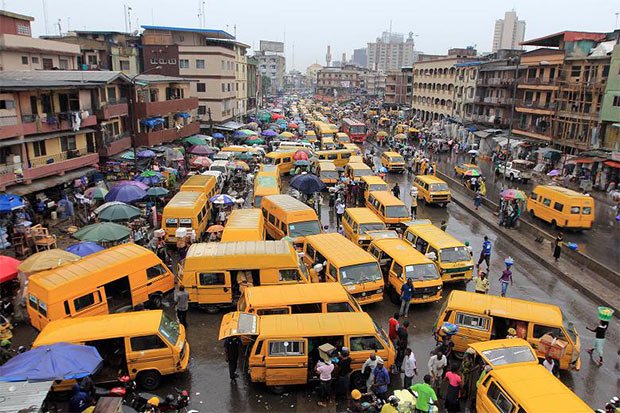
International relations expert Parag Khanna takes stock of global connectivity in his latest book, Connectography: Mapping the Future of Global Civilization. The book forecasts the transfer of power from governments to megacities, with conurbations whose political role will continue to strengthen.
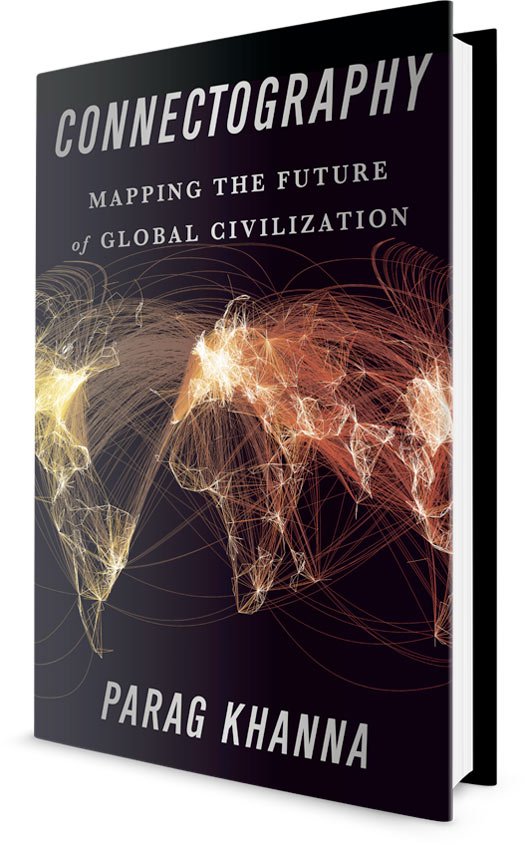
remplir légendes
Parag Khanna’s book reveals the excessiveness that characterises today’s megacities. The numbers are striking: the population of Mexico City and its urban agglomeration is larger than that of Australia, with over 22 million inhabitants; Chongqing, a « collection of connected urban enclaves », covers an area the size of Austria; and the Japanese megalopolis, the so-called Taiheiyo Belt between Tokyo and Osaka, accounts for two-thirds of the population of Japan, with 105 million people living in just 6% of the country’s area. It is the age of excessiveness.
Functional cities
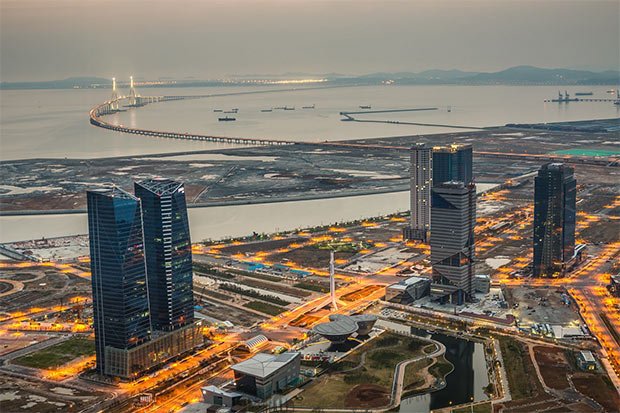
remplir légendes
Parag Khanna believes that increasing exchange and communication is leading to the gradual disappearance of traditional national borders. Some megalopolises, such as Sao Paulo, Mumbai-Pune, and the Pearl River Delta, are catching up with American and European megalopolises in terms of political and economic influence. Instead of viable states, cities that can prove to be ‘functional’ have an advantage in the process of globalisation and see their roles and responsibilities increase.
Indifference towards rural areas
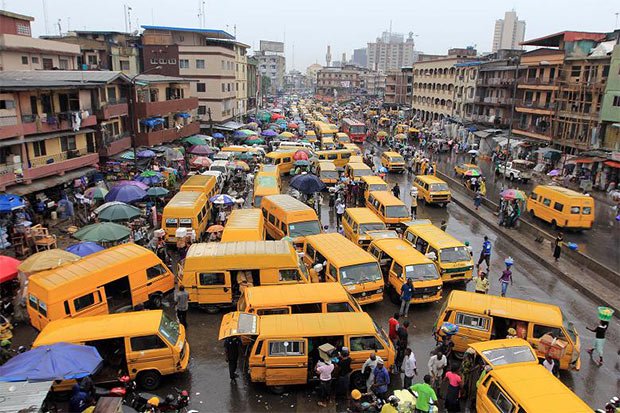
remplir légendes
The author highlights an interesting paradox: megacities, which are interconnected through internet cables and transport links, are often disconnected from the rest of the country. Cities act as « islands of governance and order in far weaker states where they extract whatever rents they can from the surrounding country while also being indifferent to it. This is how Lagos views Nigeria, Karachi views Pakistan, and Mumbai views India: the less interference from the capital, the better. » The emergence of Special Economic Zones (SEZs) around the world demonstrates a trend for major cities to take full advantage of this system and to benefit from an altered kind of sovereignty.
Aerotropolises: districts undergoing globalisation
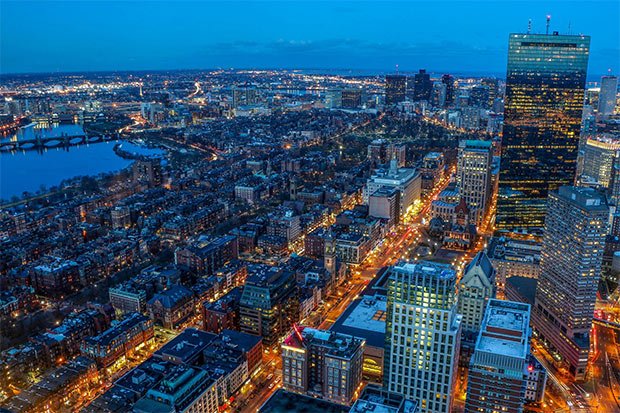
remplir légendes
The concept of the aerotropolis – a contraction of airport and metropolis – is taken up and developed by Parag Khanna. These districts are built around airports, and lay the foundations for urban development focused on trade and exchange. Parag Khanna considers that we have moved from a world of nation-states to « a world of nodes and transit hubs ». He gives the example of O’Hare in Chicago, Washington-Dulles, and Incheon in Seoul, whose appeal is linked to global connectivity. « For companies moving their headquarters into an aerotropolis, the airport is the gateway to world markets, while the nearby city, no matter how large, is just another sales destination ». Parag Khanna’s response is to create a set of maps suited to our hyper-connected age, and which can tell us more about « where the world’s people are and money is than conventional maps of 200 separate countries ». His philosophy? « Connectivity, not geography, is our destiny ».
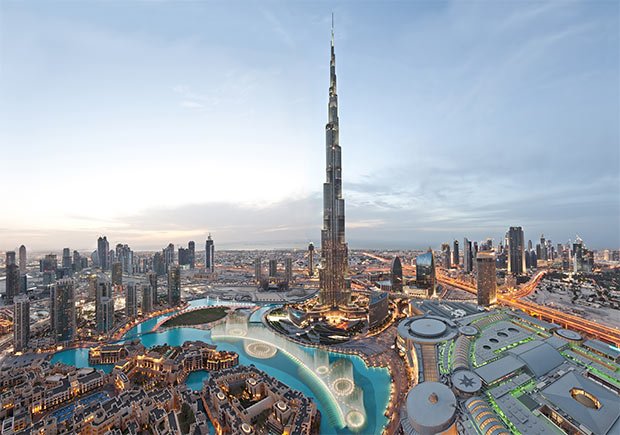
remplir légendes